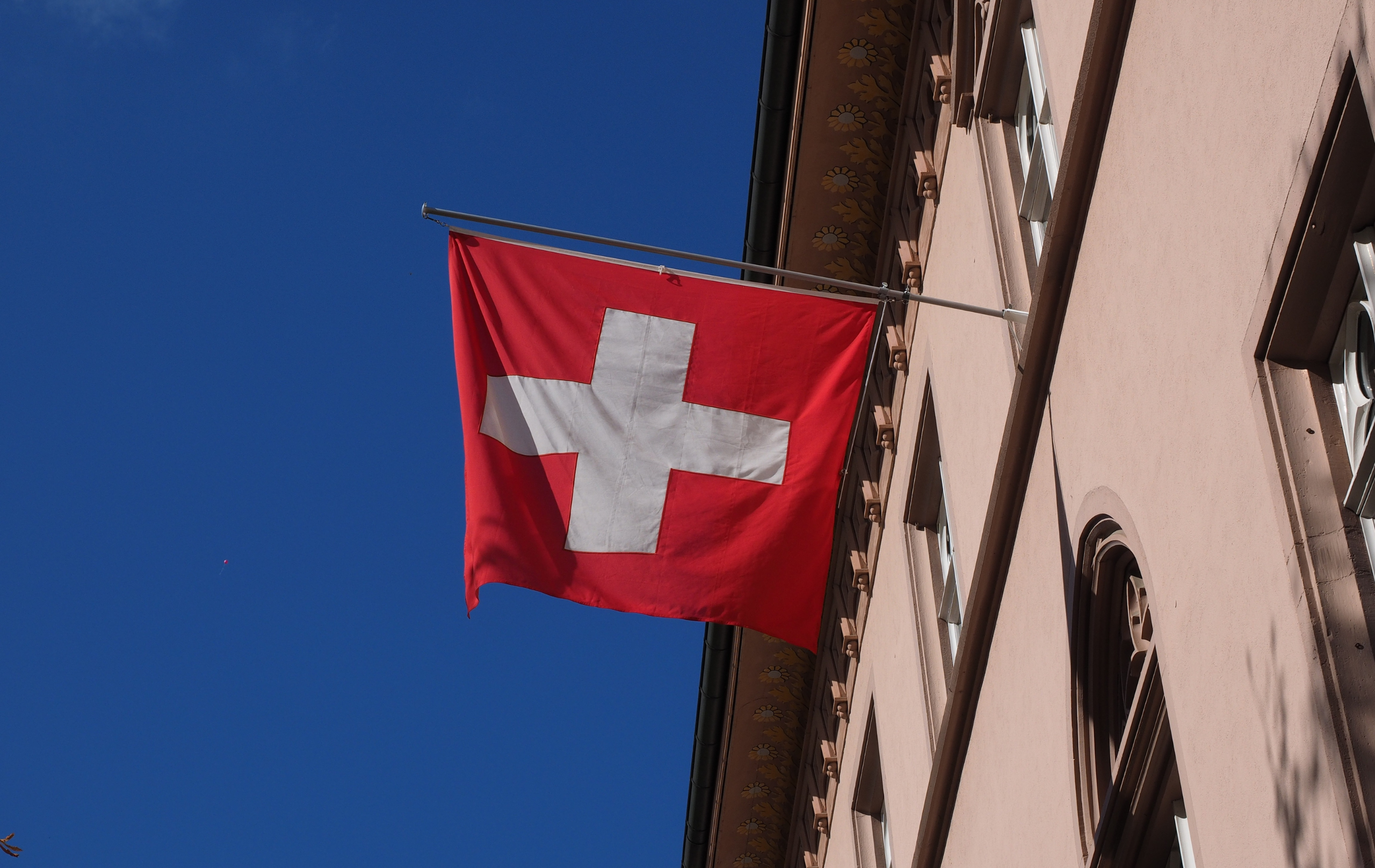November 13, 2023. Switzerland is geographically in Europe but is not a member of the European Union. However, some agreements facilitate commerce between Switzerland and the EU. This article will focus on the main differences between the EU and Swiss regulatory framework for cosmetic products to help manufacturers that want to sell their cosmetics in both territories.
EU Responsible Person vs. CH Authorised Representative
All cosmetic products on the EU market must have an EU-based Responsible Person (RP) that ensures compliance with regulatory requirements. The RP is, by law, the importer unless another entity is appointed as RP by written mandate.
Conversely, the manufacturer and importer are responsible for regulatory compliance in Switzerland. However, they can voluntarily appoint a Swiss Authorised Representative to take over such responsibility. If a company already has an EU RP, there is no need to have a Swiss Authorised Representative. Furthermore, in Switzerland, the wording Responsible Person refers to the contact point for surveillance authorities. If nobody is specifically designated as such, the company CEO automatically assumes the contact point function for surveillance purposes.
Labelling requirements and claims
Compared to the information that must appear on labels of cosmetic products in the EU, in Switzerland, the country of origin (generally labelled as “Made in …”) is not necessary. Moreover, warnings and instructions for use must be translated into at least one of the Swiss official languages (German, French, and Italian) or “in any other language, if comprehensible”. Though not explicitly mentioned in the legislation, it can be assumed that English is accepted. However, we recommend labelling cosmetic products in the Swiss official languages, especially for sensitive products such as hair dyes and nail polish removers.
For claims, there are some Swiss specificities; in particular, additional requirements to claim that a product is “made in Switzerland” and stricter criteria for distinguishing cosmetics from therapeutic products and biocides.
CH in-market control by cantonal laboratories
In the EU, cosmetic products must undergo a pre-market notification to the CPNP before entering the EU market. Afterwards, the Responsible Person shall take care of cosmetovigilance, namely the recording, evaluation, and monitoring of undesirable effects linked to the use of the cosmetics. Additionally, the RP must report to the competent authorities any serious undesirable effects.
The Swiss system is different and is based on the principle of self-monitoring, which is the responsibility of manufacturers and importers. There is no pre-market notification, and in-market control relies on cantonal laboratories (cantons are the 26 states of the Swiss confederation), which perform inspections and controls on the products and establishments to ensure they meet the safety requirements.
Cassis de Dijon principle and its exceptions
Switzerland applies the Cassis de Dijon principle, according to which goods compliant with the EU law can enter the Swiss market without any additional control. As for cosmetic products, Swiss law refers to the annexes to the EU Cosmetics Regulation concerning substance bans and restrictions. However, the Swiss legislator can establish exceptions on the regulation of substances, as the existing one on furocoumarines:
| Substance | European Union | Switzerland |
| Furocoumarines | Prohibited except for normal content in natural essences. In sun protection and in bronzing products, furocoumarines shall be below 1 mg/kg | Prohibited in cosmetics that are likely to be exposed to the sunlight at concentration in the final product ≥ 1 mg/kg (1 ppm) |
Chemicals
Regarding chemicals, instead of the EU REACH Regulation, in Switzerland, there is the Chemical Risk Reduction Ordinance (ORRChem) establishing bans and restrictions on hazardous chemicals.
Swiss authorities established a fee on the use of certain Volatile organic compounds (VOCs) in several products, including cosmetics. The fee is an incentive to reduce VOC emissions and further protect the environment. In the list of VOCs subject to the fee, there are many cosmetic ingredients, such as Benzyl alcohol, Limonene, and Acetic acid.
If you plan to sell your cosmetics in Switzerland, you should keep in mind all the points above to ensure they fully comply with the regulatory requirements.
Written in collaboration with SKW, The Swiss Cosmetic and Detergent Association
SKW is the Swiss national association representing the cosmetics, detergents, and cleaning products industry. Visit the SKW website to know more.
References:
- Common notification authority for chemicals. (2017). Chemical Risk Reduction Ordinance (ORRChem). Retrieved on 05/09/2023
- Federal Food Safety and Veterinary Office. (2023). Cassis de Dijon principle. Retrieved on 05/09/2023
- Federal Food Safety and Veterinary Office. (2017). Decisione di portata generale concernente i cosmetici contenenti furocumarine. Retrieved on 05/09/2023
- Fedlex. (2023). Legge federale del 6 ottobre 1995 sugli ostacoli tecnici al commercio (LOTC). Retrieved on 05/09/2023
- Fedlex. (2022). Ordinance on the Incentive Tax on Volatile Organic Compounds (OVOC). Retrieved on 05/09/2023



Leave a Reply